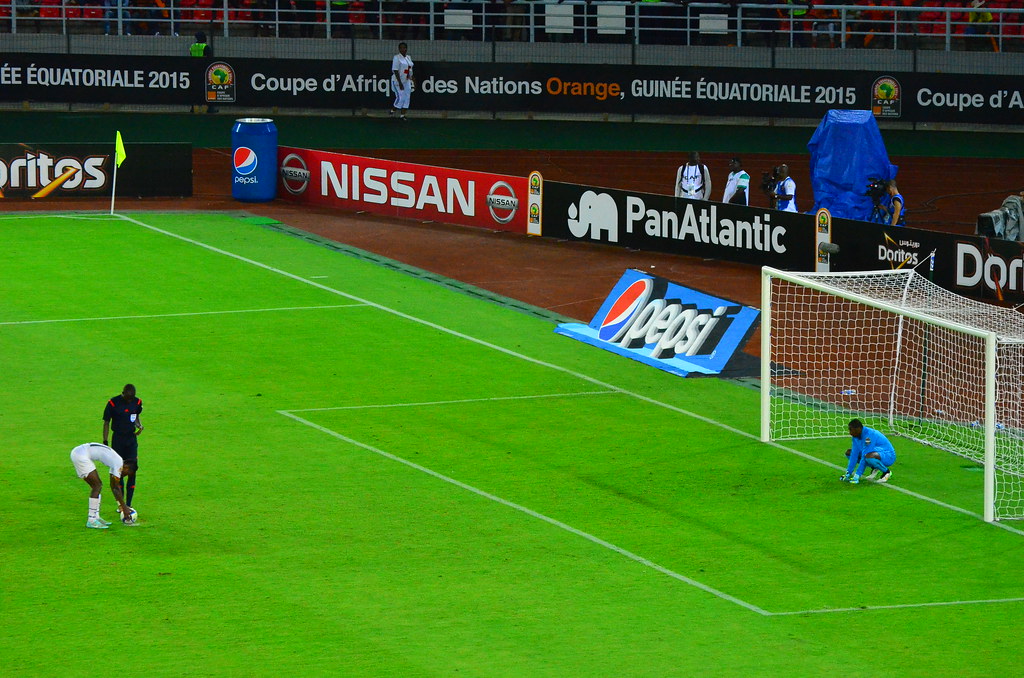The history of penalty kicks in football
When and why was it introduced? What rule changes have there been over the years?
The penalty - the most controversial moment among football fans. Maybe even more than the ambush. This rule is one of the most severe penalties because it gives more than a clear opportunity to score a goal from the opponent who has a clear view of the goal and only the guard of the opposing team or an inaccurate shot can prevent him from scoring. But do you know why and when this rule was introduced in the world's favorite game? We will try to answer this question in the following lines.
A penalty is a penalty for a violation of the rules in the penalty area by a player of the defending team. A penalty may be awarded for handball, tripping an opposing player or an off-ball offence. Then the attacking team gets the chance to shoot directly at the goal frontally from 11 meters and between them and the goal line stands only the goalkeeper, who is not even allowed to cross the goal line according to the latest rules in football. One of his two feet must be on the line. Penalties can also be performed in tournament matches when two teams cannot beat each other in regular time and extra time of one or two matches.
In the original rules of the game, issued in 1863, there were no penalties for violations. In 1872, the indirect free kick was introduced, when someone plays the ball with the hand. However, it was quickly deemed that this type of penalty was not good enough when a handball by a defending player prevented a goal. Therefore, in 1882, a rule was adopted in which a goal was directly awarded in such situations. But even this innovation did not last long and was stopped in 1883.
We have to wait until the 1890s and thank goalkeeper and businessman William McCrum, who changed the game forever with the penalty kick. He proposed the idea to the International Football Association, which considered it the following year. Two incidents in the period between the offer being made and its acceptance are key to the introduction of a penalty. A handball in the Scottish Cup quarter-final where a defending player boxes the ball going under the bar and another similar tackle in the FA Cup quarter-final.
Thus, on June 2, 1891, the penalty kick rule was introduced. If a player hits or holds an opponent or deliberately plays with his hand within 12 yards (11 metres) of the goal line, the referee, at the request of the attacking team, shall award a penalty to be taken from a line 12 yards from the door. No player other than the kicker and the goalkeeper is allowed to be in the space between the goal line and the point of execution, and the goalkeeper must not step out more than 6 yards (5.5 meters) to attempt to save the shot.
We immediately notice the difference with the current rules. The offense is not in the penalty area, because it did not exist in football until 1902, the kick is not executed from a certain point, because there is no tray. It was introduced again in 1902. There must be a request for a penalty by the team against which the rules were violated. There is no ban on dribbling by the player, i.e. he is not obliged to shoot directly at the goal. The ball can be kicked in any direction. The goalkeeper may leave the goal line and exit within 6 yards of his own goal.
A year after the introduction of the rule comes the first change. It prohibits the player taking the penalty kick from touching the ball again until another player has played with it. In 1896, however, it was determined that the blow must be directed forward. In 1902, the penalty area was introduced, extending up to 18 yards (or 16 meters) from the goal line. Thus, penalty offenses are no longer only up to the 12-yard line, the kick is taken from a point on the 11-meter line, frontal to the goal, and the other players, apart from the kicker and the goalkeeper, must be outside that area.
In 1905, the changes continued, obliging the goalkeeper to stay on his goal line. After another 18 years, players of the other players are prohibited from being closer than 9 meters and 15 centimeters (or 10 yards) from the penalty spot so as not to interfere with the taker. In the 1930s, the goalkeeper was forbidden to move his feet until the ball was kicked towards the goal. After 7 years, the arc of the penalty area also appears to help the referee determine that 9 meters and 15 centimeters distance from the point where the other players must stay. The goalkeeper must be between the posts. In 1939, a small change was made, stating that the ball must make a full revolution to be in play. This was changed in 1997 when every little movement of the ball was counted and the shot was considered to have been taken. In 2016, it was specified that this movement must be visible.
The last significant change was made not so long ago. With it, all players must stay behind the penalty spot. This happened at the request of the Scottish Football Association as late as 1995. Until then, there were players standing in front of the point and the ball, but outside the penalty area, of course.
In 1997, the goalkeeper was again allowed to move along the goal line and fire against the performer. In 2010, there was also the penultimate innovation, in which it is forbidden for the performers to falsely reach for the ball to trick the goalkeeper, as well as to stop immediately before the shot. The last rule is from the summer of 2019, when they oblige goalkeepers to leave at least one of their two feet on the goal line until the penalty is taken.
Controversy over penalty kicks can hardly exist, although there have been a few cases recently where there have been players who have crossed the arc of the penalty area. Controversy, however, arises from the awarding of penalties and, above all, the freedom given to referees to judge according to their own interpretation of given situations.




